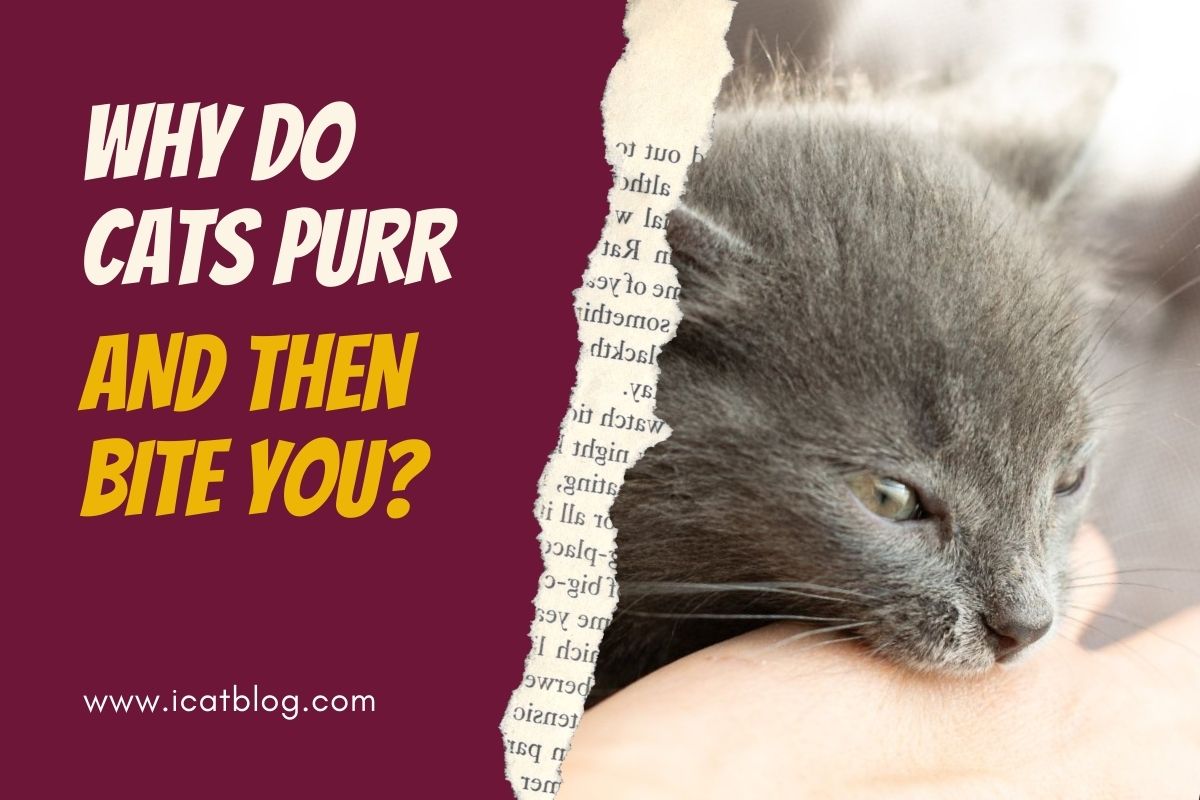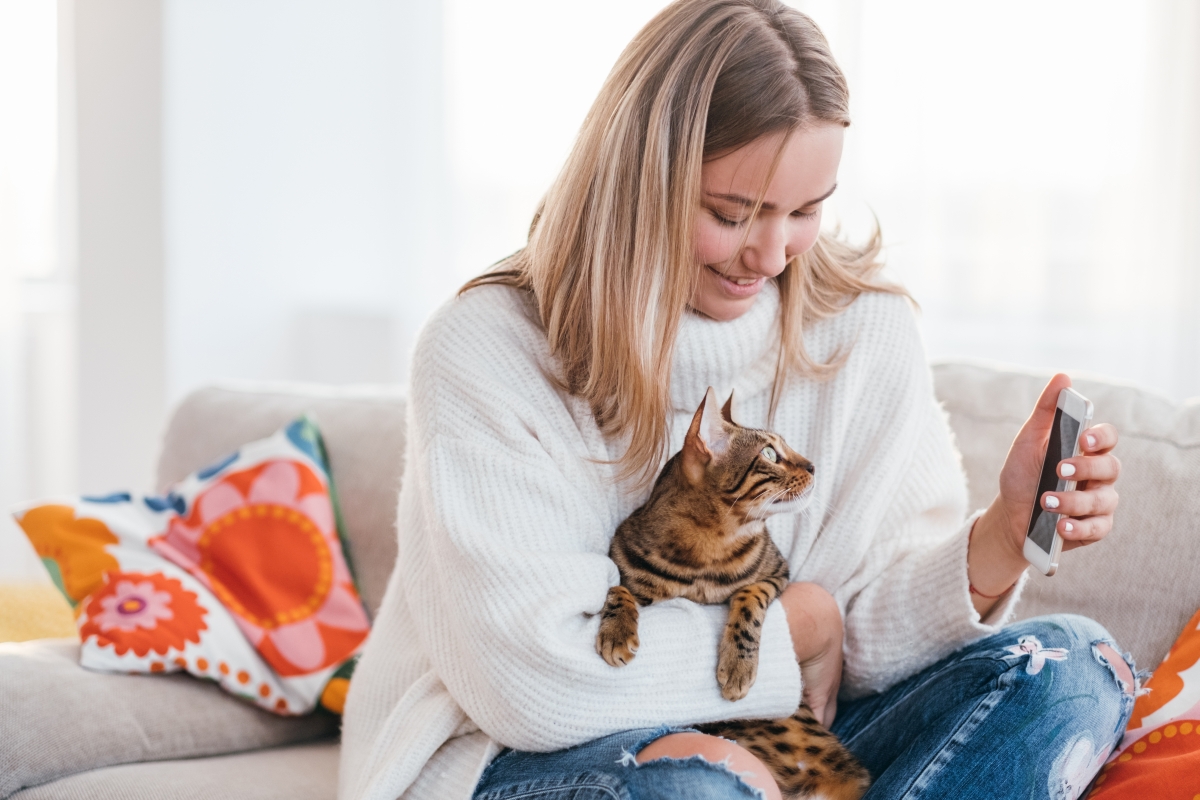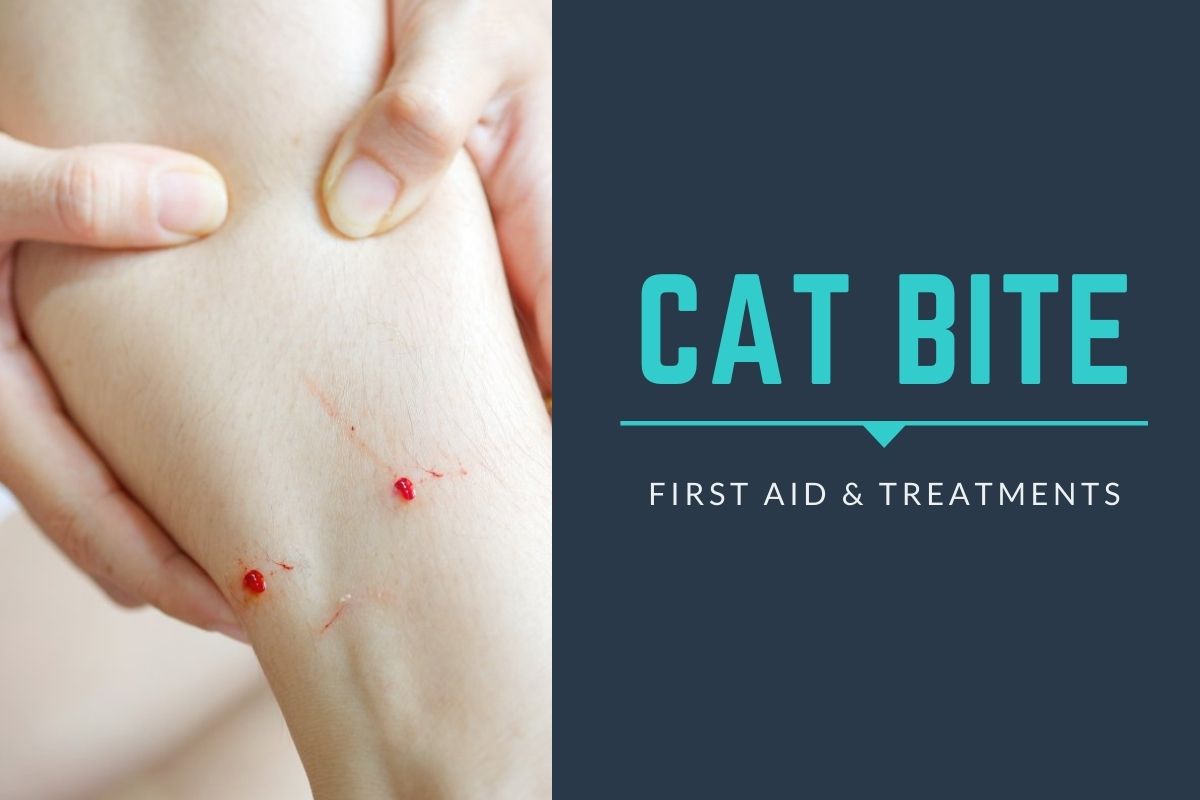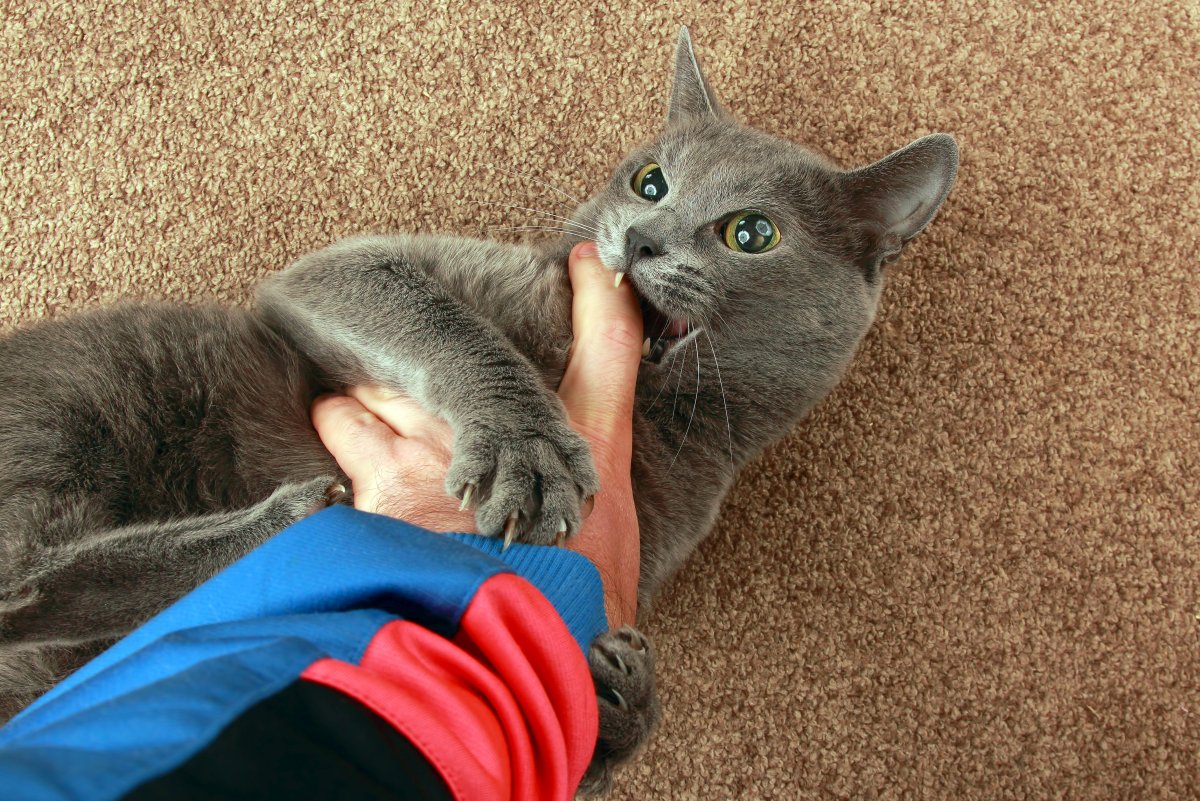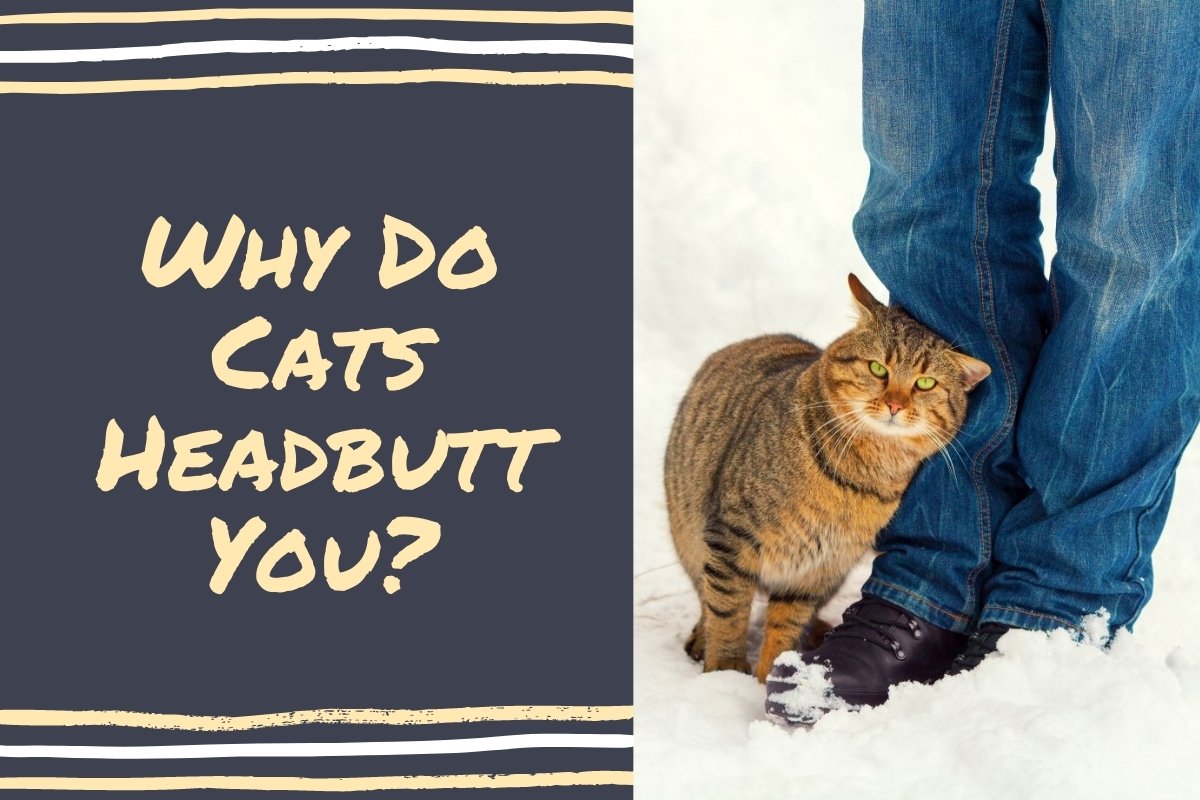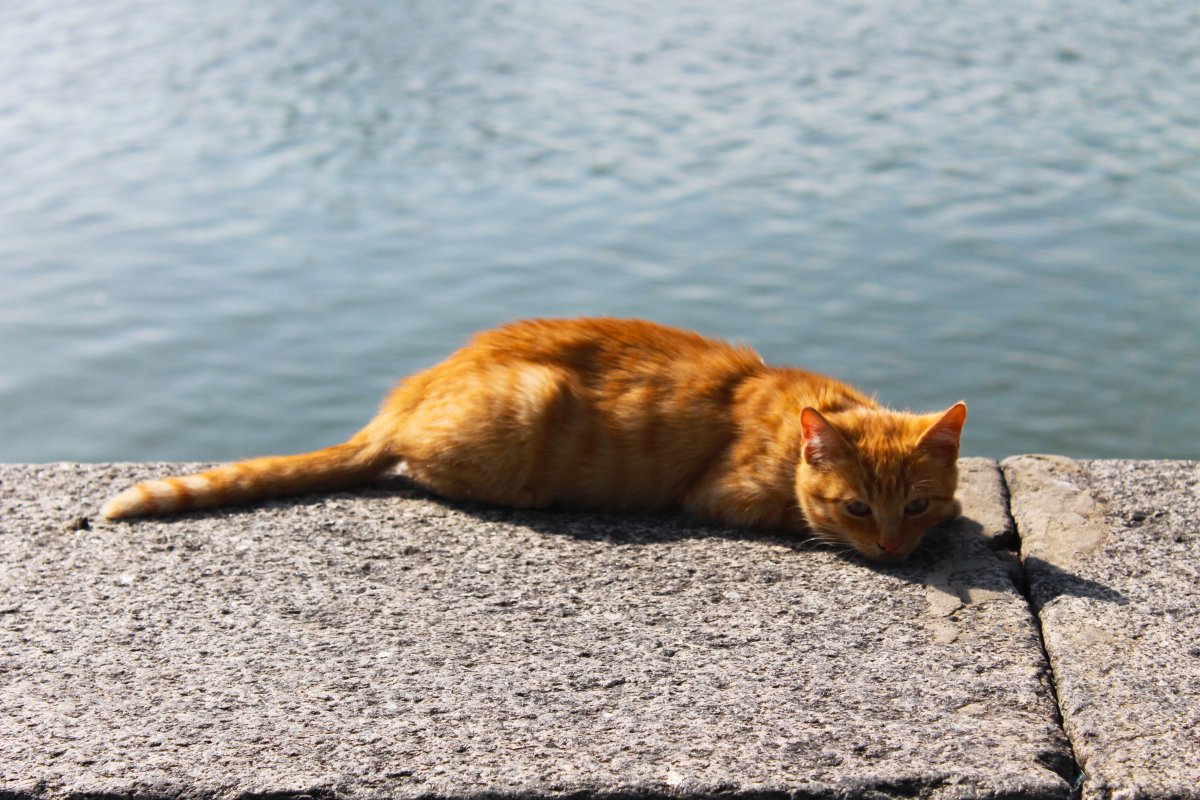A common misconception existing for years is that cats purr directly and exclusively translate into a cat’s happiness and contentment. This is not true, and a cat purring sound does not necessarily mean the cat is in a happy state. It can also be accompanied by pain or even just an emotional feeling such as fear.
Many rescue workers have reported that many cats purr though unhappy and frightened, would isolate themselves in a corner and start purring. It is only after a vet has done a check-up on these cats that it is found that these poor cats have been sick or injured.
A couple of theories behind this reason
If you are confused about why your cat suddenly bites you after calmly sitting on your lap, showing contentment through their cat purring sounds when you are stroking them, then rest assured as this is not an unusual thing. There are two main theories on why your cat purrs and behaves this way.
Many cat owners and experts believe that when your cat bites you despite their cat purring sound, it is considered a “love bite” by some and pet aggression by others. One of the theories suggests that your cat can get weary of the continuous petting and stroking caused by overstimulation. This is essentially their way of telling you to stop the strokes and petting, and they will usually hop off your lap shortly after.
Another theory claims that consistent stroking and petting your cat can lead to the production of static electricity on your cat’s surface, which can create painful shocks, therefore explaining the sudden reactions of bites despite purring.
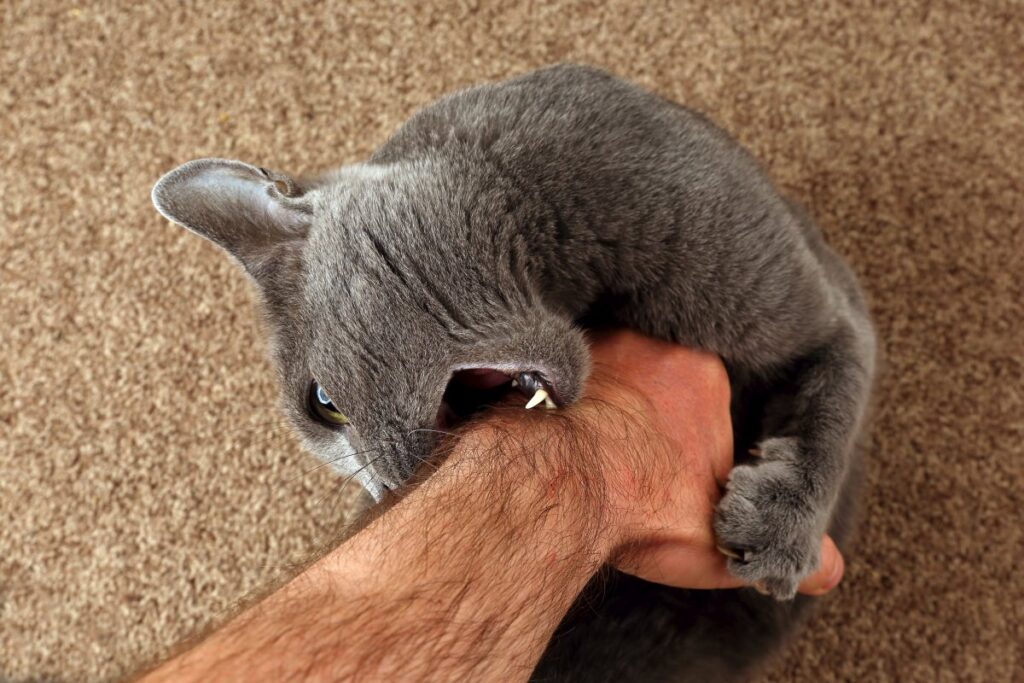
Why do cats bite?
Regardless of a cat’s age, if it feels threatened or scared, it is likely to defend itself in whatever ways it finds suitable. The most common and first attempt to calm itself when threatened is by running away or meowing with force and loudly at the so-called threat.
But if none of that leads to success, the cat tends to more aggressive ways, including biting.
Younger vs. older cats
If you adopted a mother cat with kittens, then she is bound to show aggression, but that should be considered protection instead of the latter as she is only concerned with the safety of her kittens.
So whenever you are playing with the mother cat, and she is purring, be careful how you treat her kids as she will waste no time to bite you if it comes to protecting them. On the other hand, younger cats are usually more alert and frightened as anything new to their life is bound to scare them more easily, therefore, leading them to bite their humans.
Territorial behavior
Whenever a new person comes to your place, you should expect your cat to start purring. This is not a sign of excitement for the new person’s arrival but rather a way of displaying authority and territoriality.
In other words, your cat is trying to warn that new person that they are the boss around the house. Similarly, your cat may show territorial behavior upon unannounced visits of stray cats, perhaps to your lawn or garage. They will purr away, but not in contentment, rather hostility and aggression.
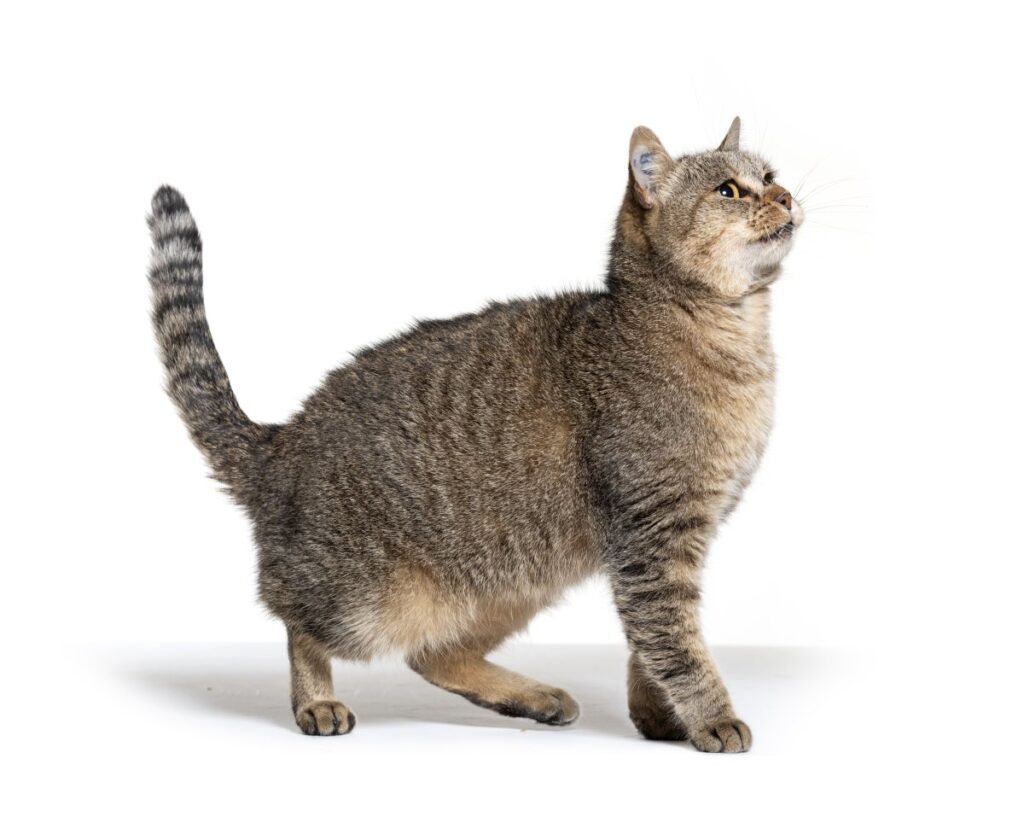
Signs of the tail
If you are ever in doubt, pay attention to your cat’s tail that can help you to predict if they are in the mood to go for a nip at your skin. As you are petting your cat, it may be lead cats to purr but make sure to pay attention to its tail.
A swishing tail can mean that your cat has built up a rush of energy which will soon burst out, perhaps in the form of a bite. Cats are little bundles of energy that need to be exerted for the cat to transition into a calmer mood.
Petting is strongly associated with your cat purring, meaning it is accumulating internal energy and a nip or bite is on its way. Nevertheless, a sudden bite following a cat’s purr can be a message to tell you to stop, or it could just be their way of showing playfulness.
Find out more about cats in general; likes and dislikes
Cats purr for several different reasons. It could be from petting them or giving them their favorite treats. However, if your cats purr is followed by a bite, then that should not discourage you from petting them, or whatever it is that makes them cats purr.
Here are some of the things that may help you better understand what to do and what not to do:
- Cats have facial glands at the base of their ears, chin, and the top of their heads. These are the most suitable spots where you should pet them. In contrast, tails, tummy, and the back of a cat are parts where they may not like to touch and will either bite or run away.
- Make sure your cat is not in any discomfort or pain, which might be a reason for them to bite you while cats purr.
- Approach your cat when it is relaxed and lying down or anything that indicates that it is in a good mood
- Try to identify a pattern, see if your cat likes to be petted for a certain time limit before it starts to bite you.
- Try to use treats to get your cat purrs used to petting it more often and slowly eliminate their likeliness to bite by making this a habit.
- Provide a calmer environment that doesn’t include sudden changes or arrivals of a new person to keep your cats purr with fewer chances of a bite.
Conclusion
Regardless of the reason for your cat’s aggression despite cat purr, you can prevent it in the future by being more affectionate towards it.
The likeliness of aggression directly ties into how your kitten was raised in its earliest age. Therefore, you must spend as much time with your kitten to make it accustomed to your affectionate behavior.

